What makes an ergonomic home workstation better than an average static desk, list the advantages.
An ergonomic home workstation offers several advantages over an average static desk, focusing on optimizing comfort, productivity, and overall well-being. Here are some key advantages:
 Improved Posture:
Improved Posture:
Ergonomic workstations are designed to promote good posture by providing adjustable features such as chair height, desk height, and monitor placement. This helps reduce the risk of musculoskeletal problems.
Reduced Strain and Discomfort:
Adjustable furniture allows users to customize their workstations to their body dimensions, reducing strain on the neck, shoulders, back, and wrists. This can lead to a more comfortable working experience.
Increased Productivity:
A comfortable and well-organized workspace can enhance focus and concentration. Ergonomic setups minimize distractions and discomfort, leading to increased productivity and efficiency.
Flexibility and Adaptability:
Ergonomic furniture often comes with adjustable components, such as height-adjustable desks and chairs. This adaptability allows users to switch between sitting and standing positions, promoting movement throughout the day.
Enhanced Comfort:
Ergonomic chairs with proper lumbar support, cushioning, and breathable materials provide comfort during long work hours. This helps prevent fatigue and discomfort.
 Reduced Risk of Health Issues:
Reduced Risk of Health Issues:
The ergonomic design aims to minimize the risk of developing health issues related to prolonged sitting or poor posture, such as back pain, carpal tunnel syndrome, and eye strain.
Customization for Individuals:
Ergonomic workstations can be tailored to the specific needs and preferences of individuals. This personalization ensures that the workstation accommodates the unique requirements of each user.
Cable Management:
Ergonomic furniture often incorporates thoughtful cable management systems, helping to keep the workspace tidy and organized. This not only improves aesthetics but also reduces the risk of tripping hazards.
Encourages Movement:
Ergonomic setups often include features that encourage users to move, such as sit-stand desks. Alternating between sitting and standing throughout the day promotes blood circulation and reduces sedentary behavior.
Mental Well-being:
A well-designed ergonomic workspace can contribute to a positive work environment, fostering mental well-being. Comfortable and organized surroundings can reduce stress and enhance the overall work experience.
Long-term Health Benefits:
Investing in an ergonomic home workstation is an investment in long-term health. Individuals can avoid chronic health issues associated with prolonged desk work by preventing and mitigating the effects of poor ergonomics.
In summary, an ergonomic home workstation goes beyond the basic functionality of a static desk by prioritizing the well-being and comfort of the user, leading to increased productivity and overall satisfaction in the work environment.
Call us at: +1 (800) 663-3412 or E-mail us directly at: afcsales@afcindustries.com

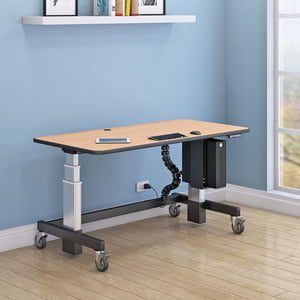
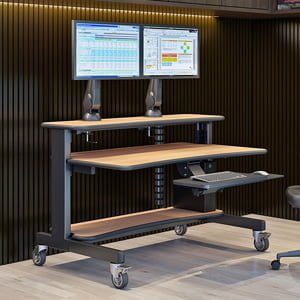



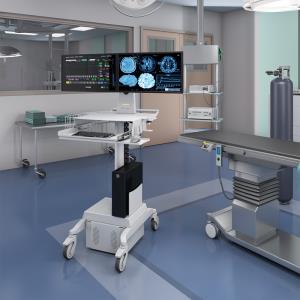

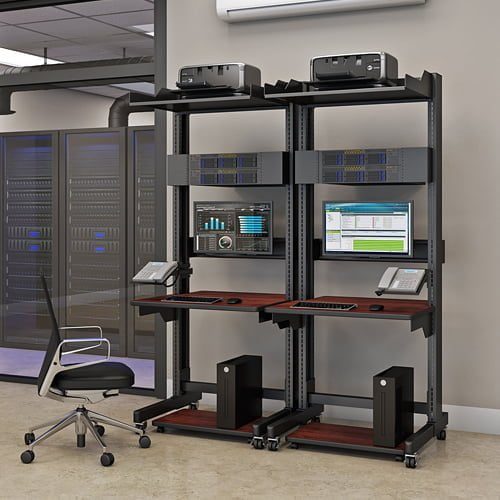

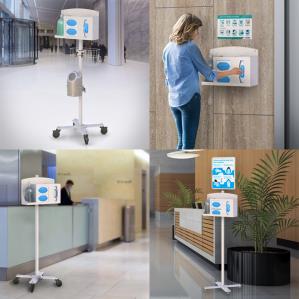
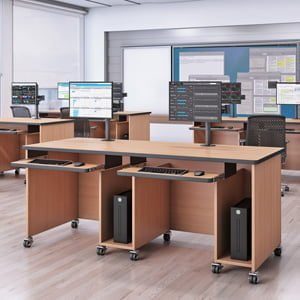

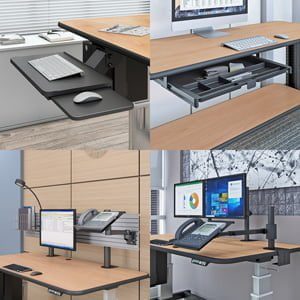
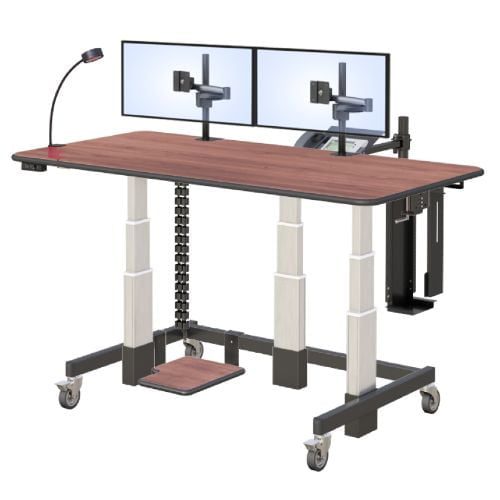
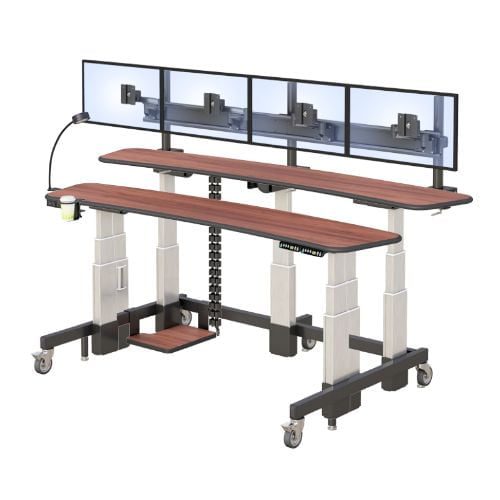
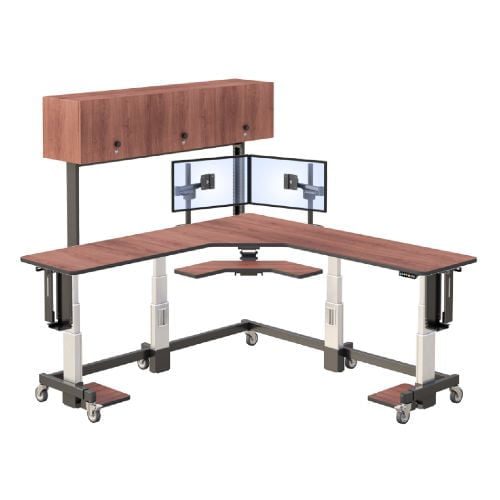

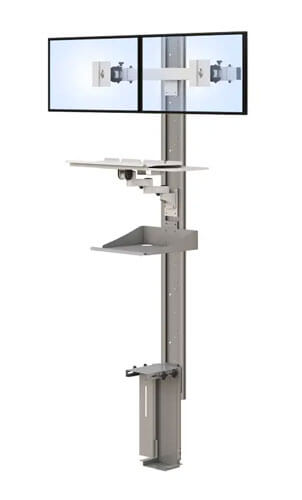
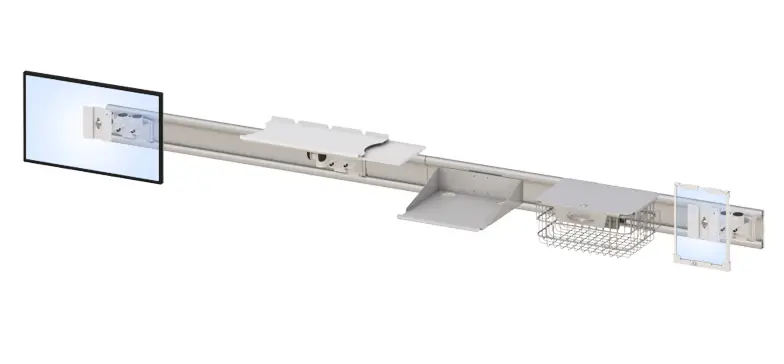
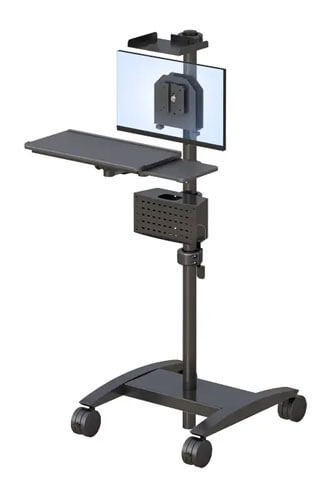
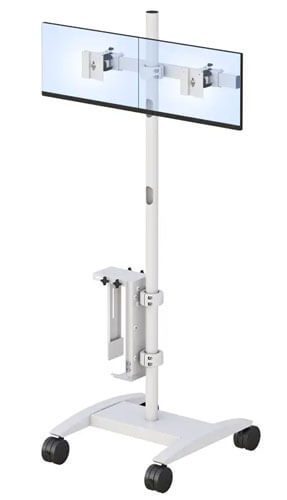
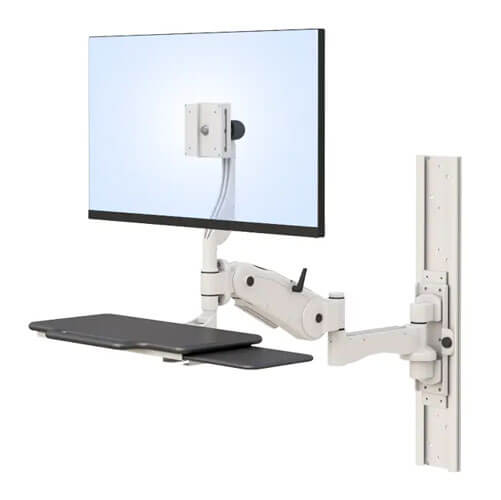

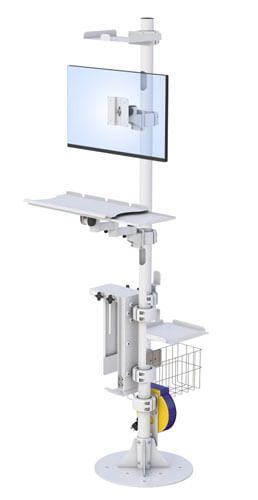

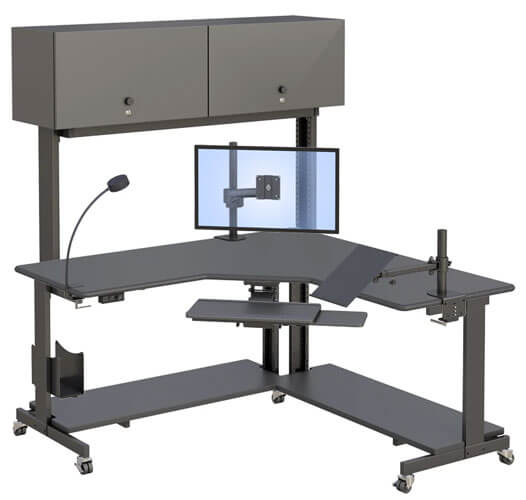
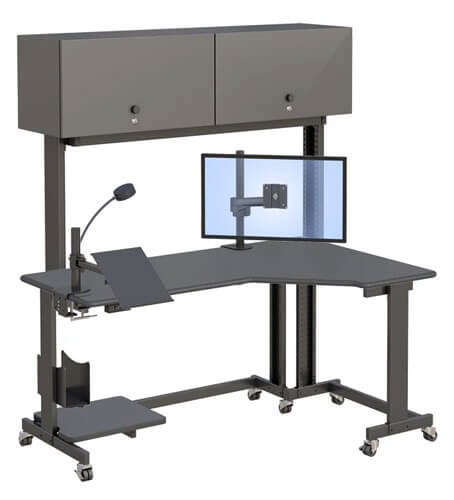
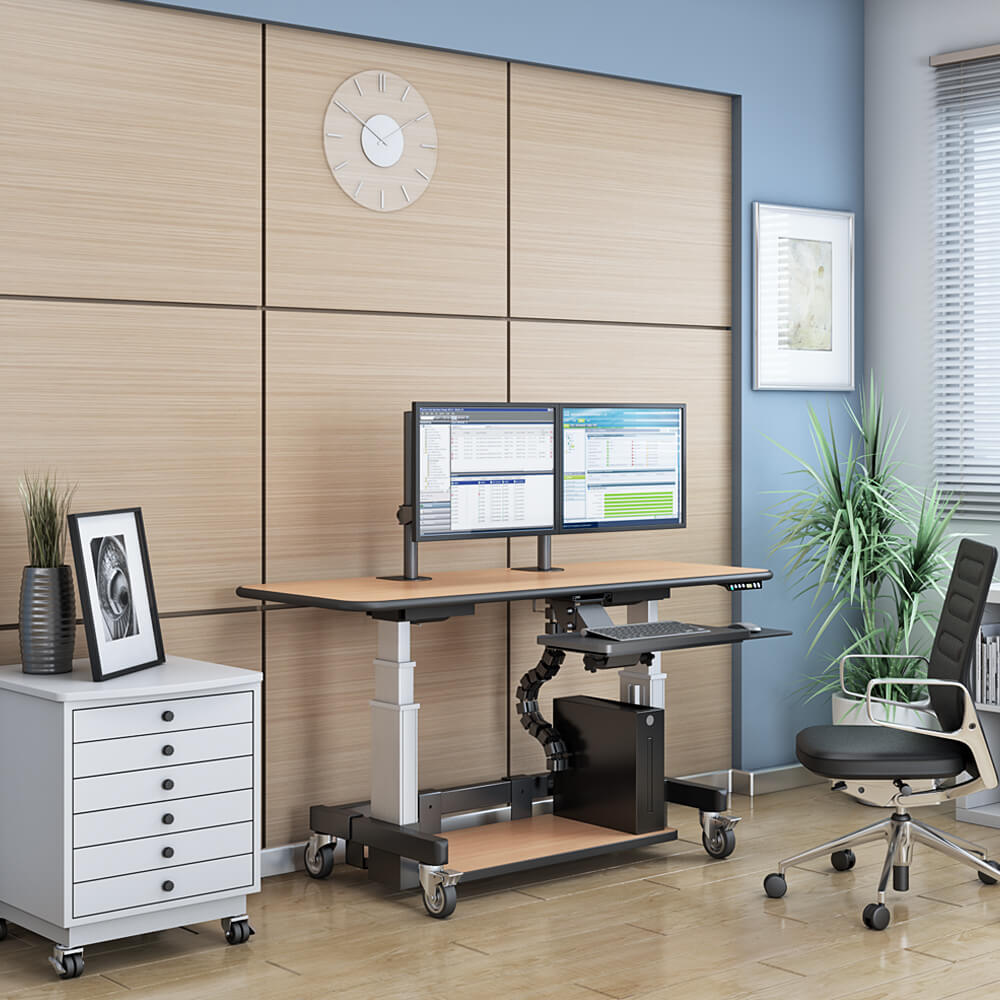 Improved Posture:
Improved Posture: Reduced Risk of Health Issues:
Reduced Risk of Health Issues: